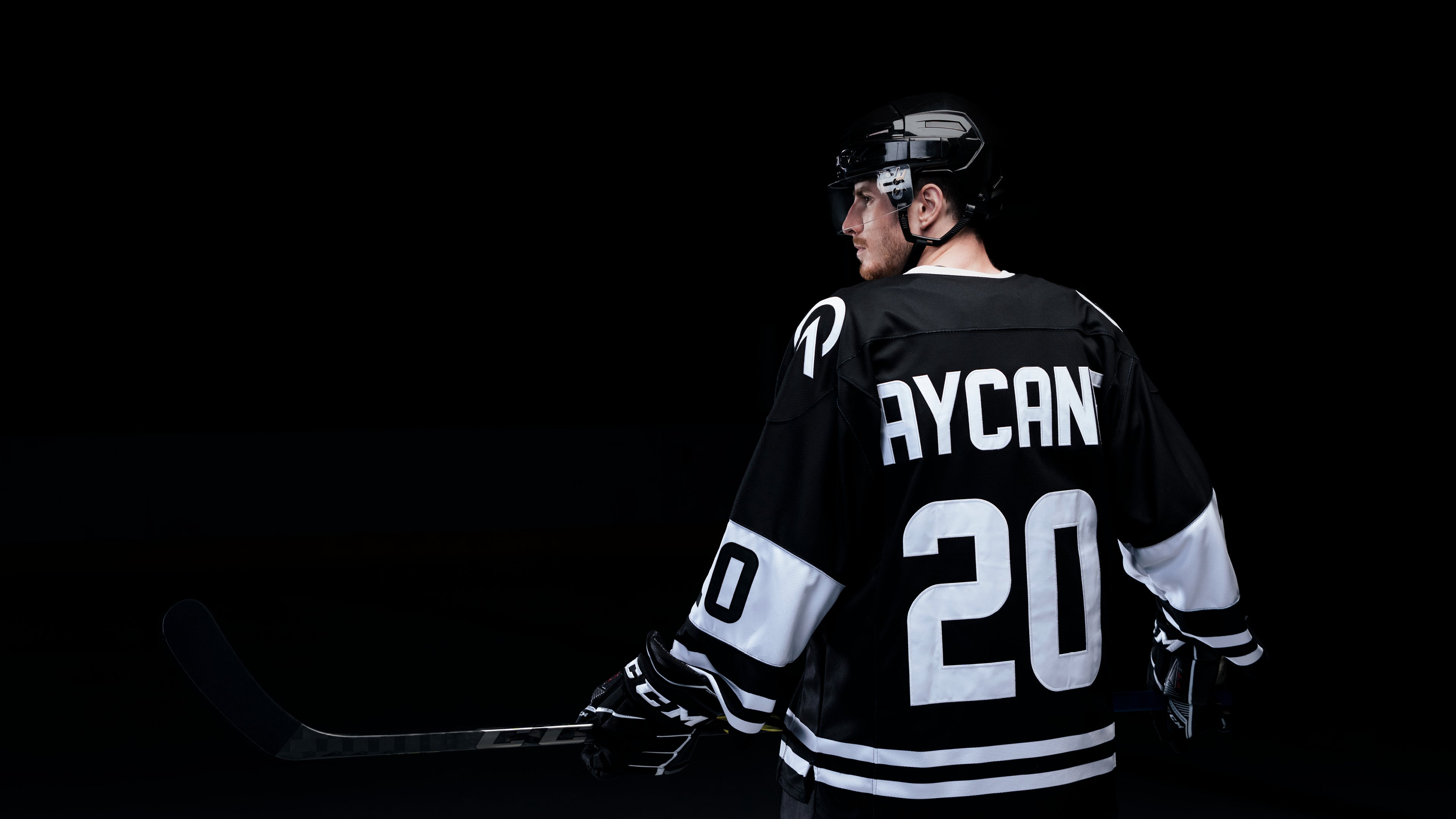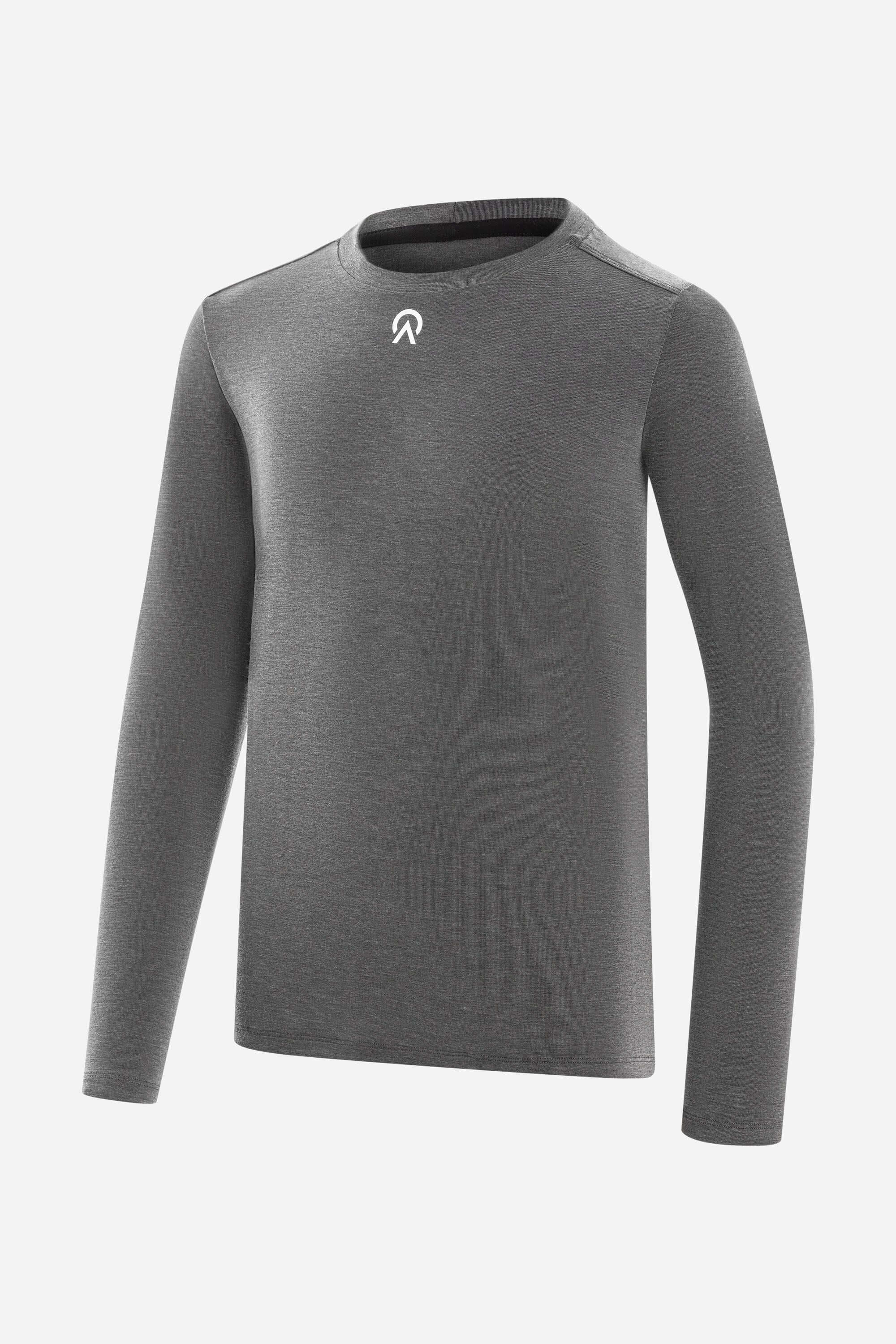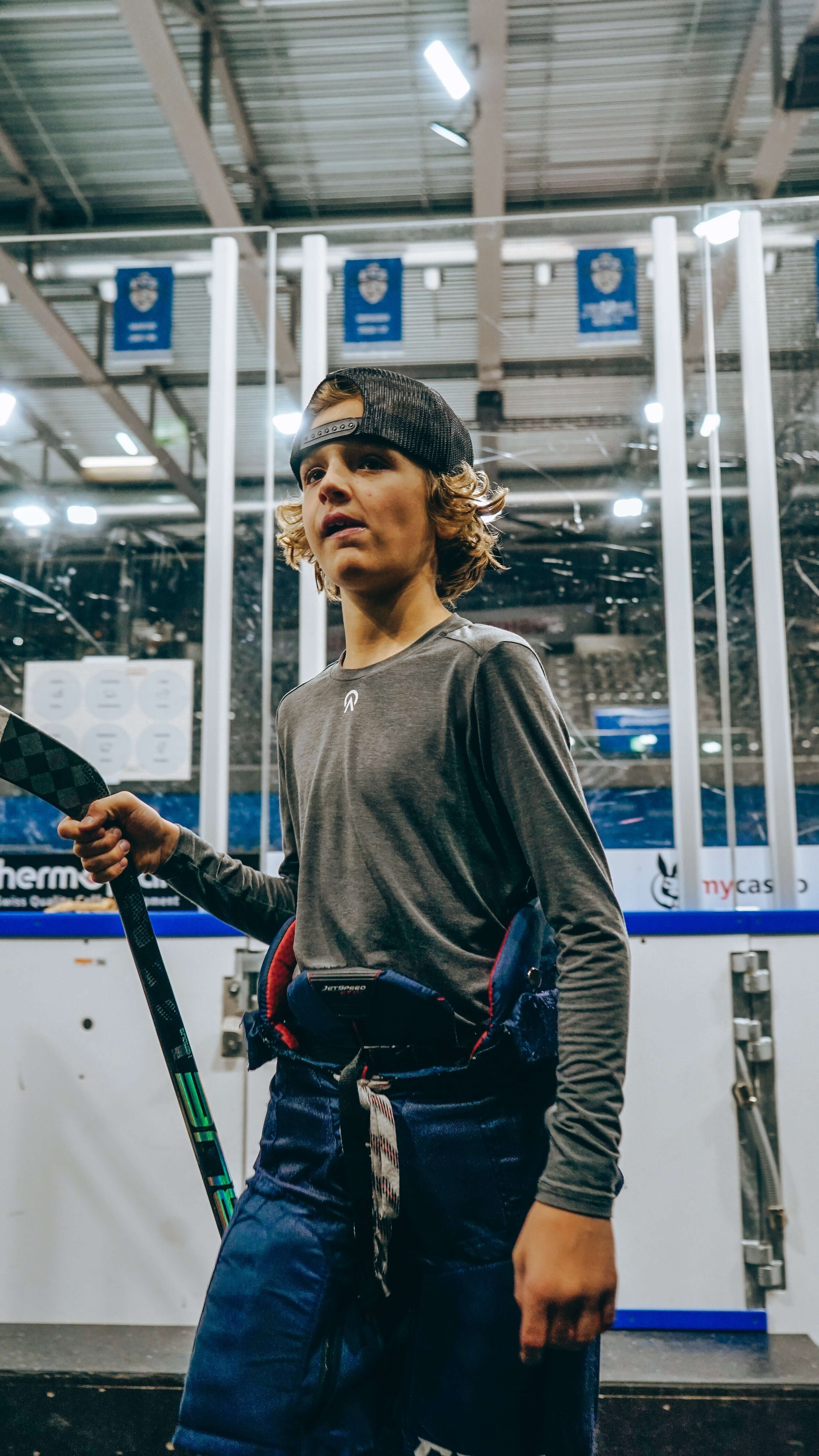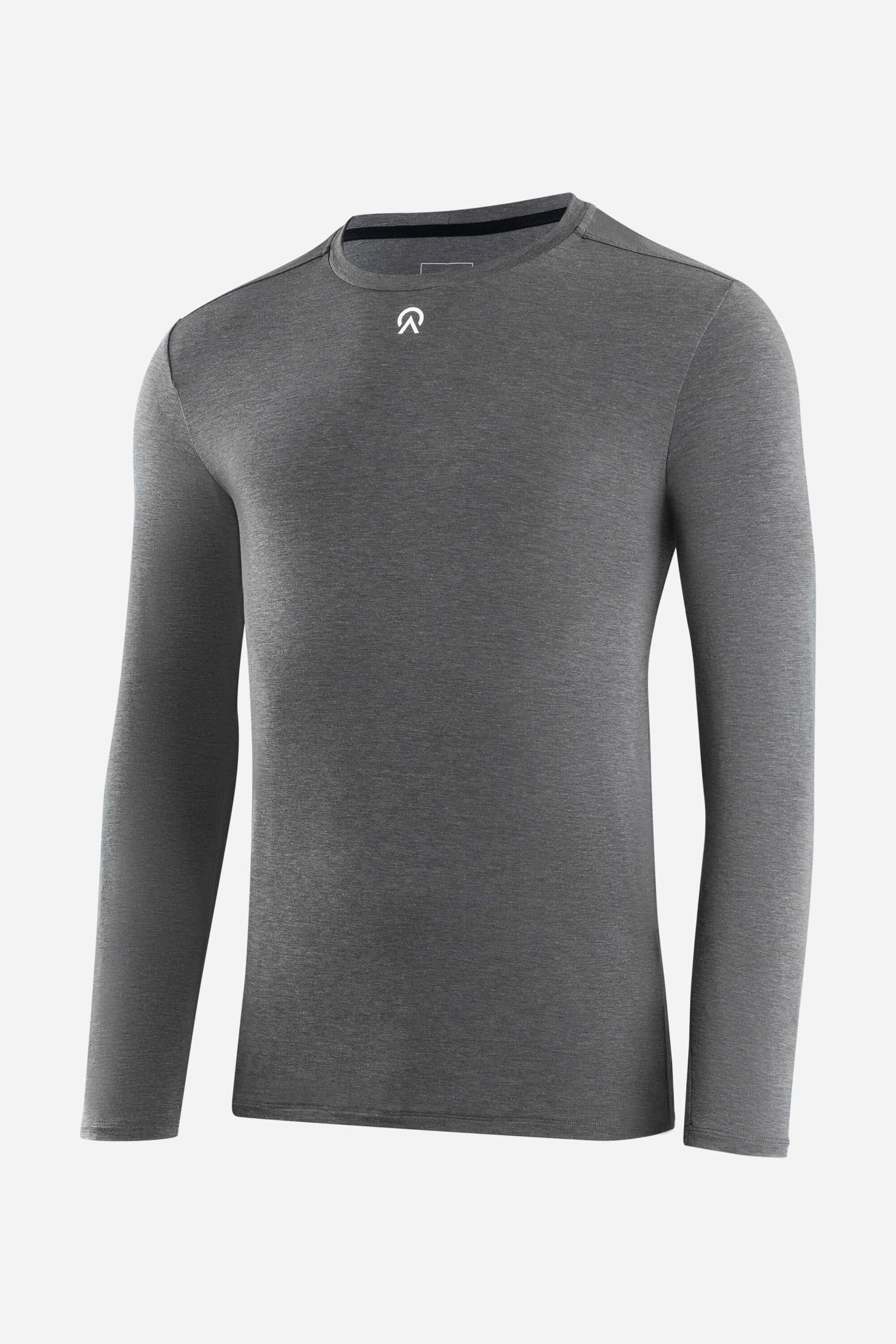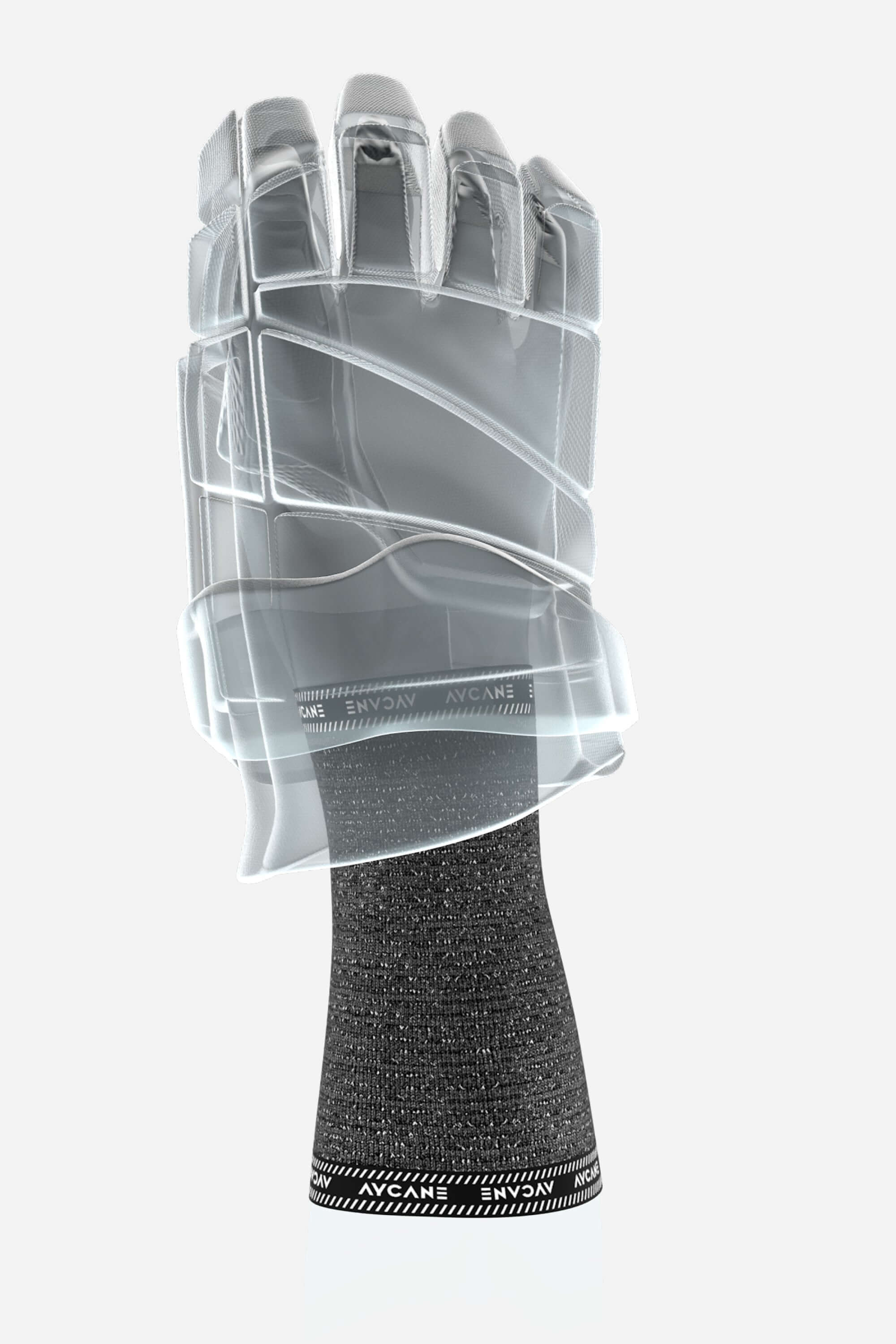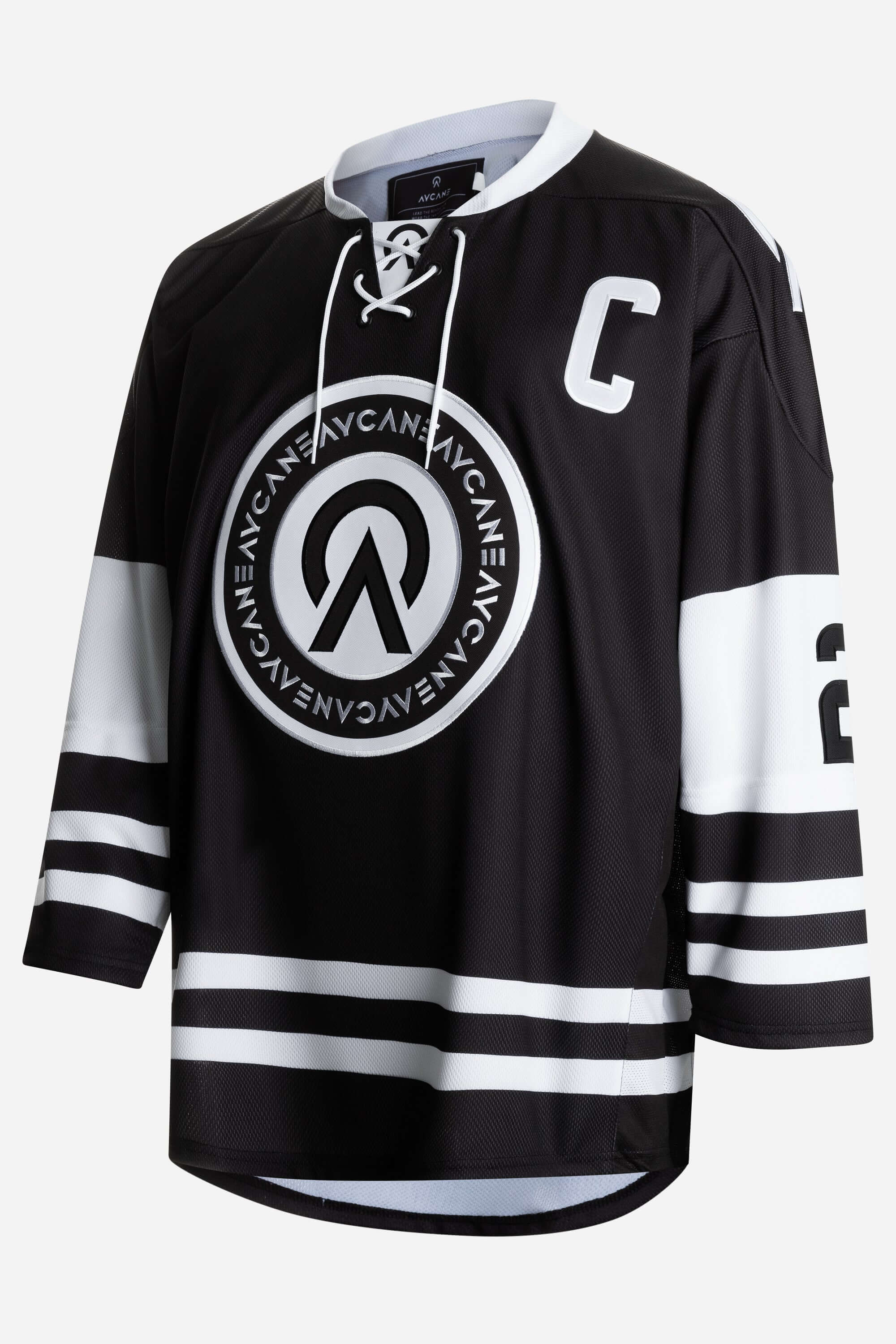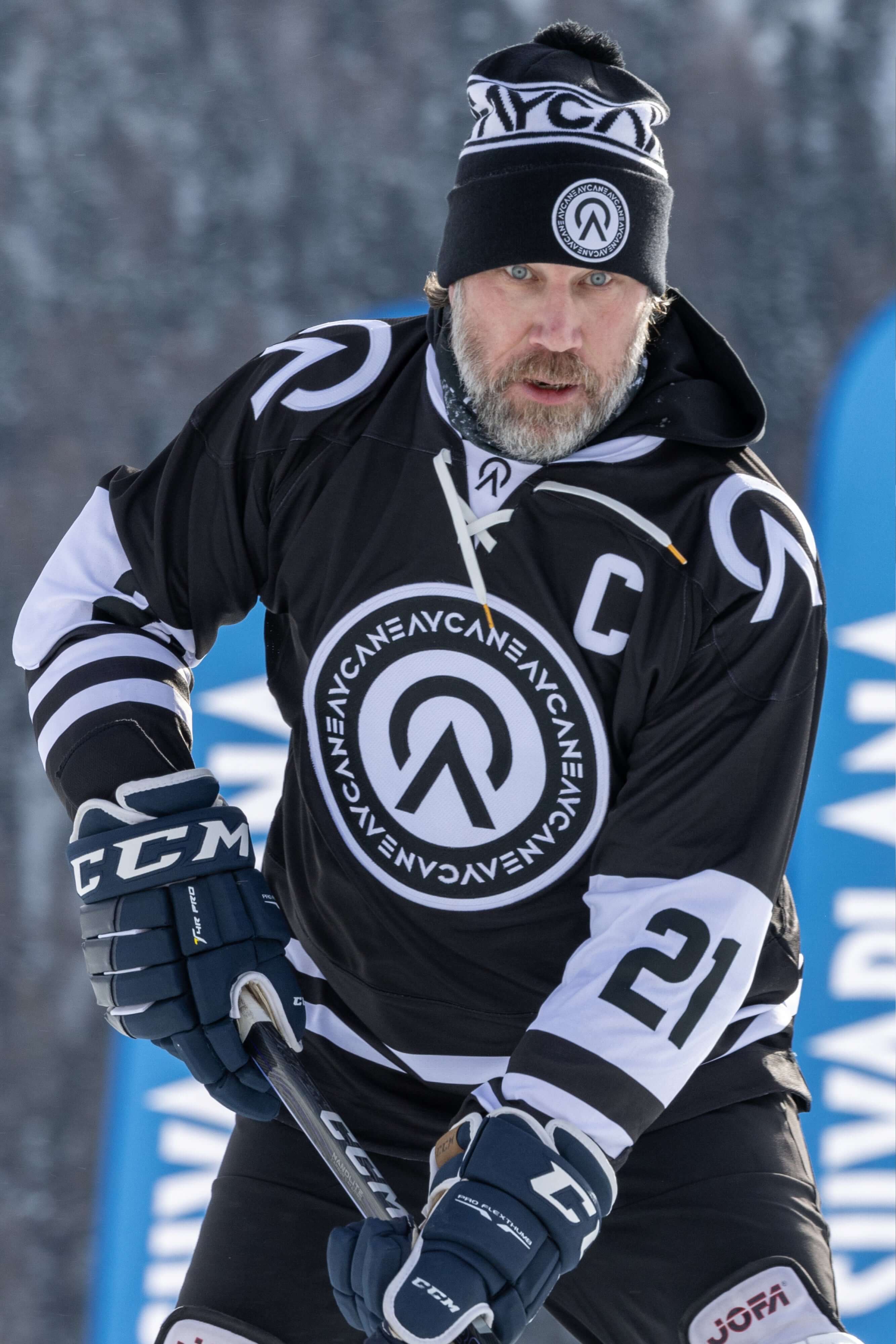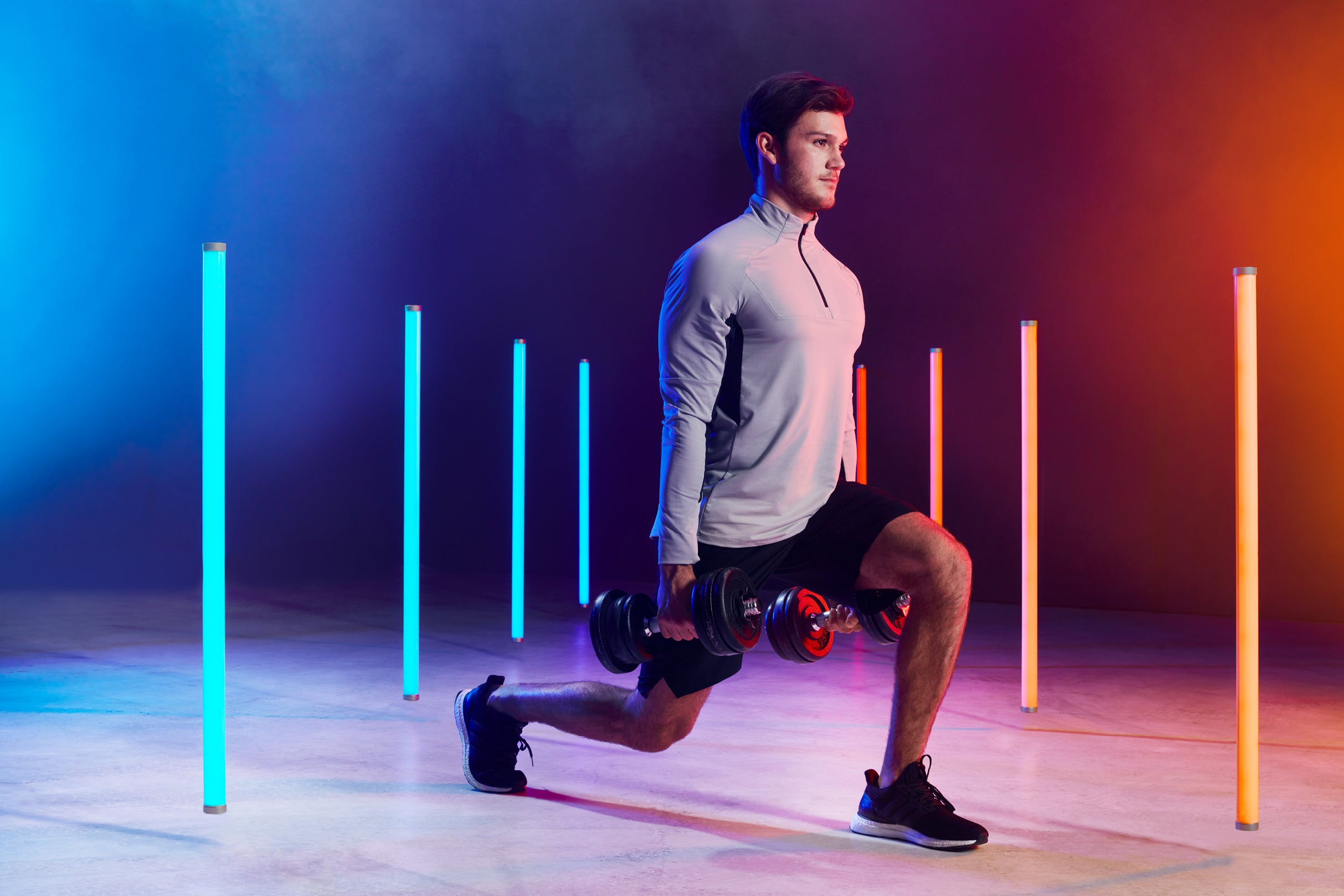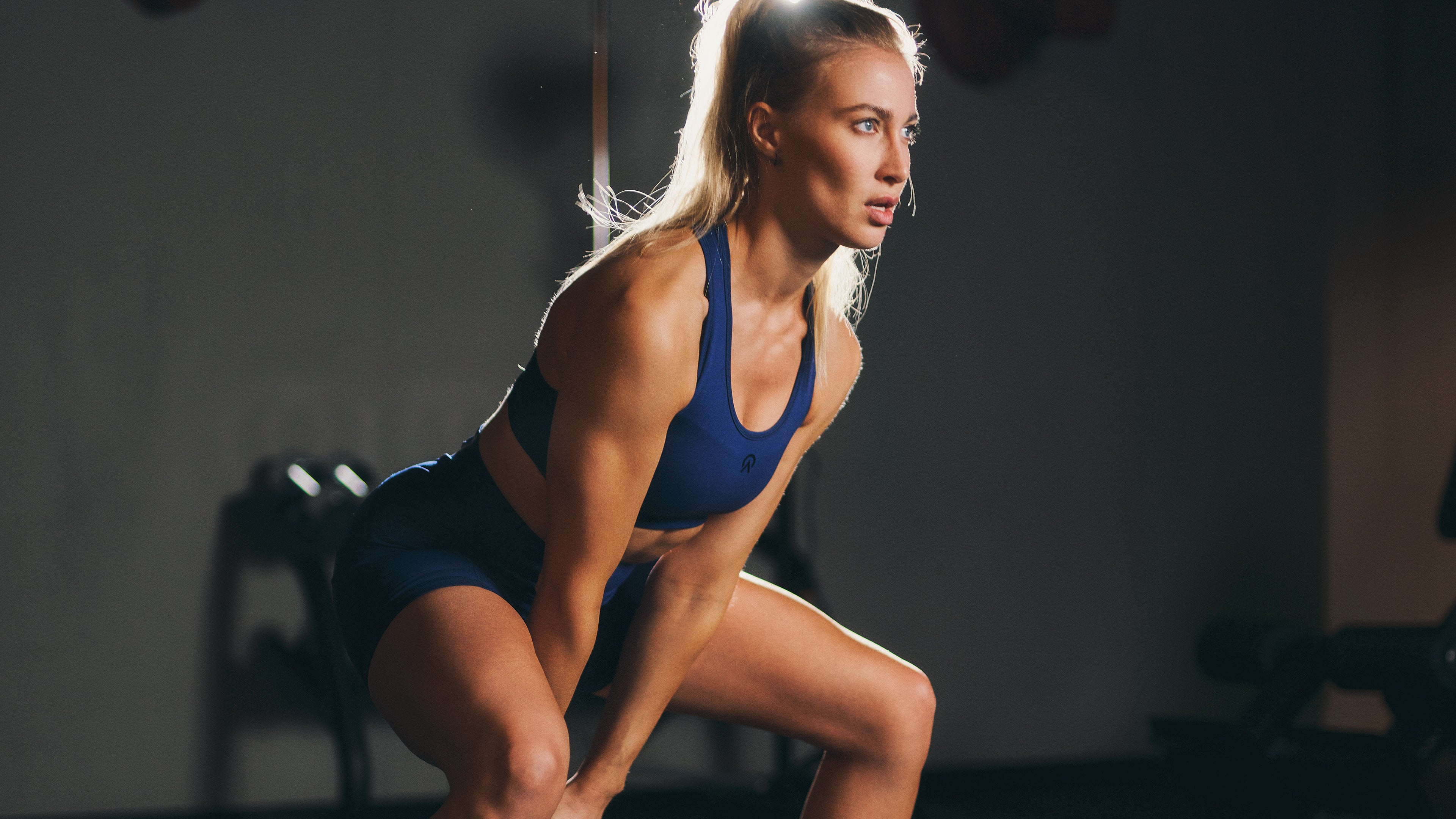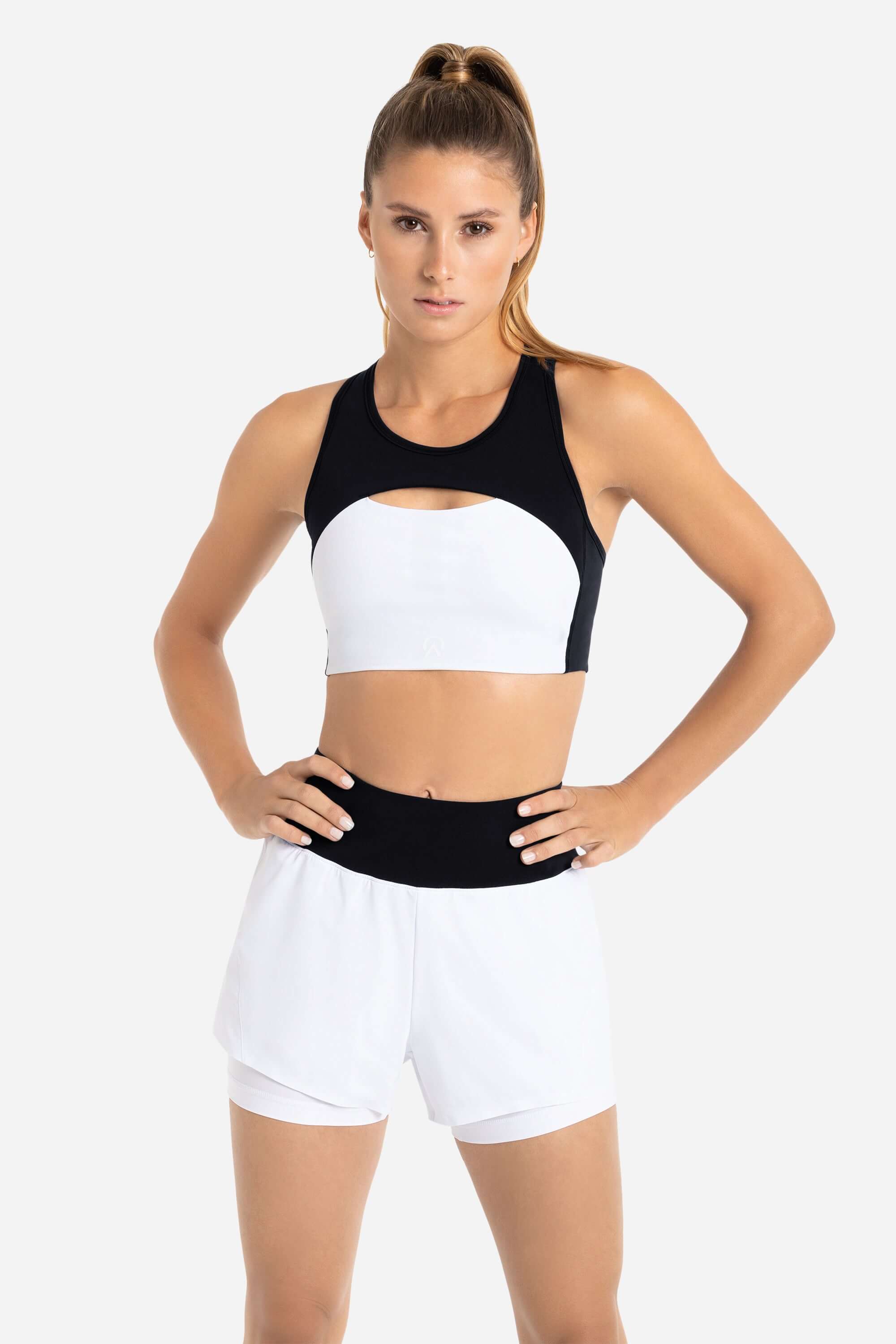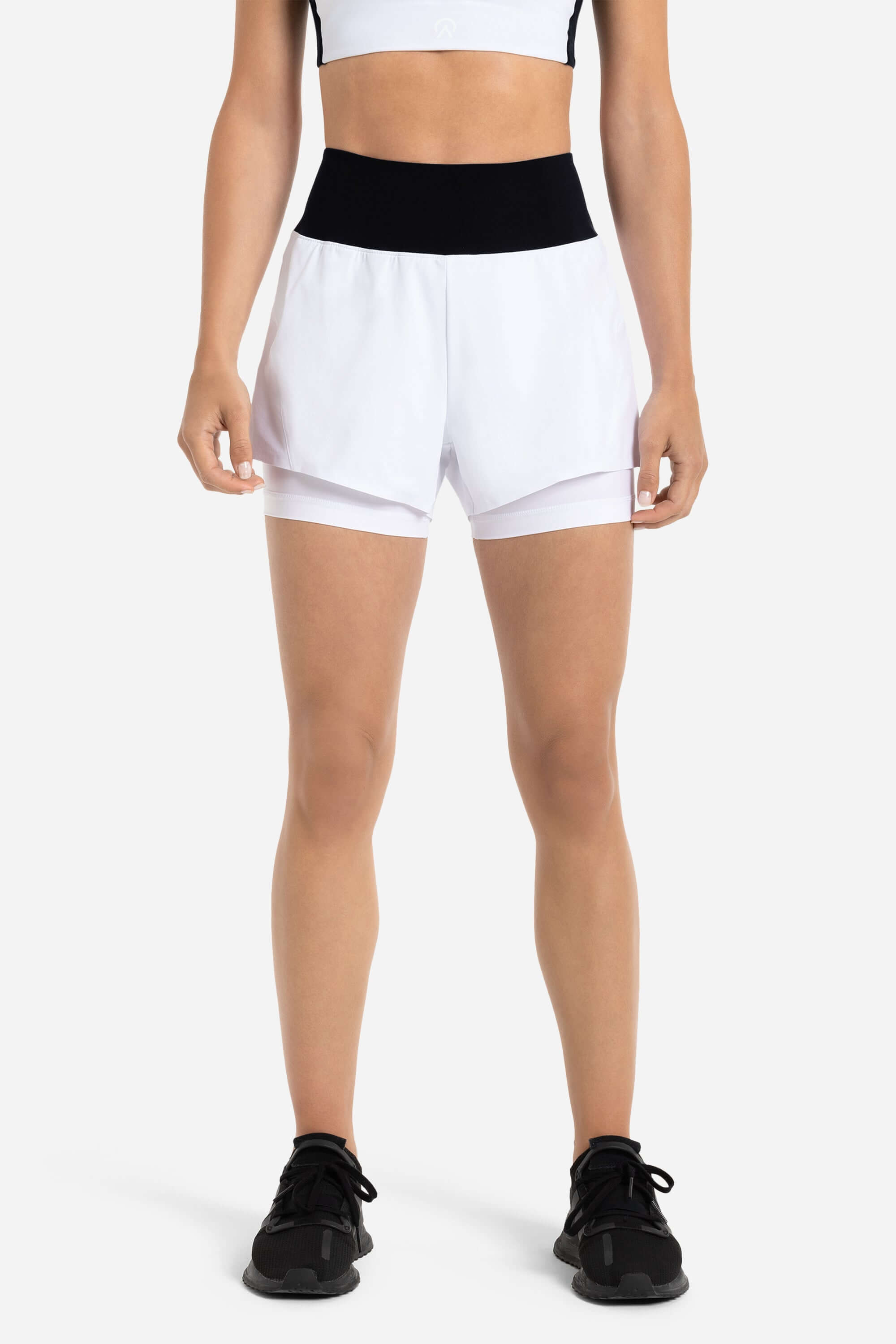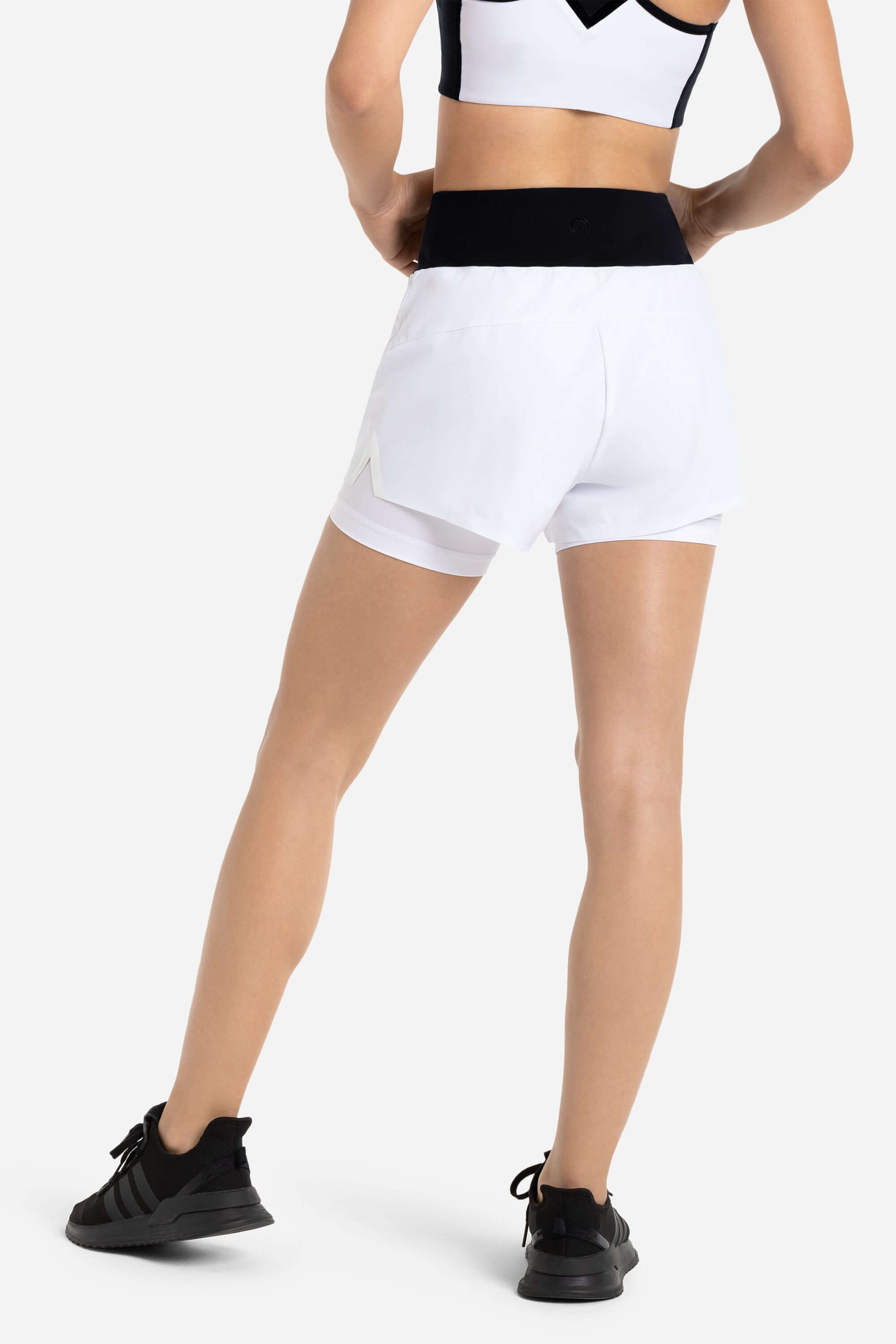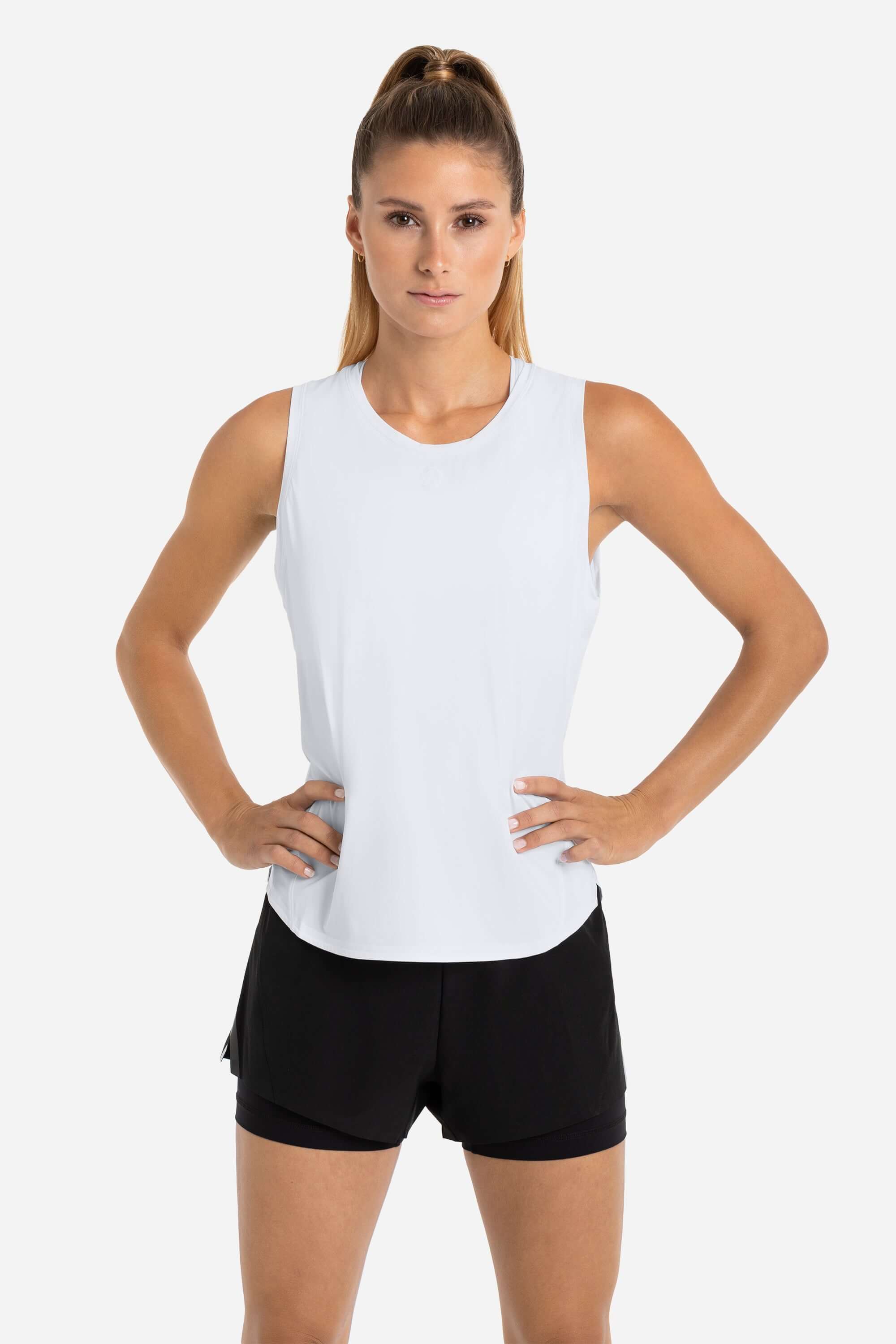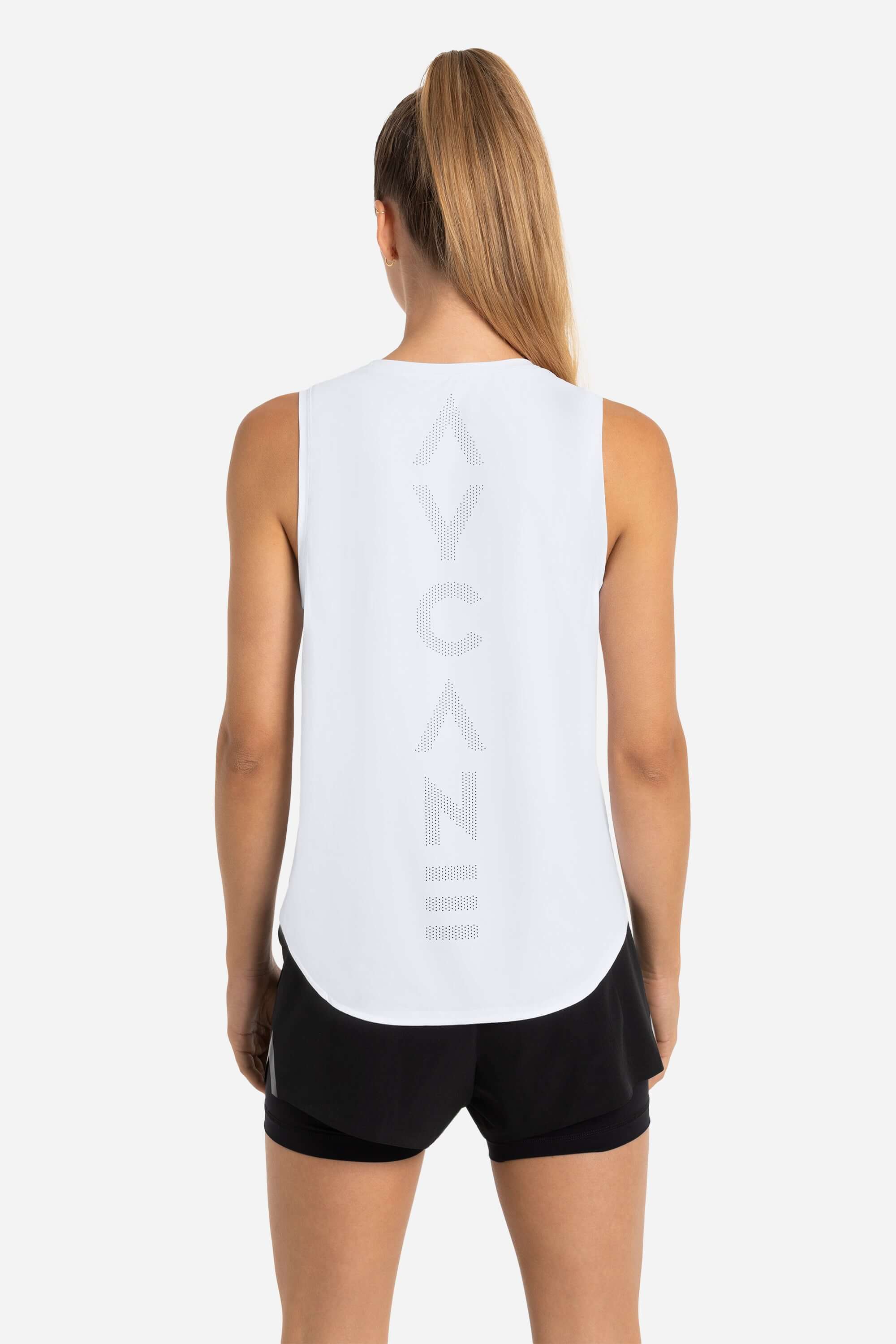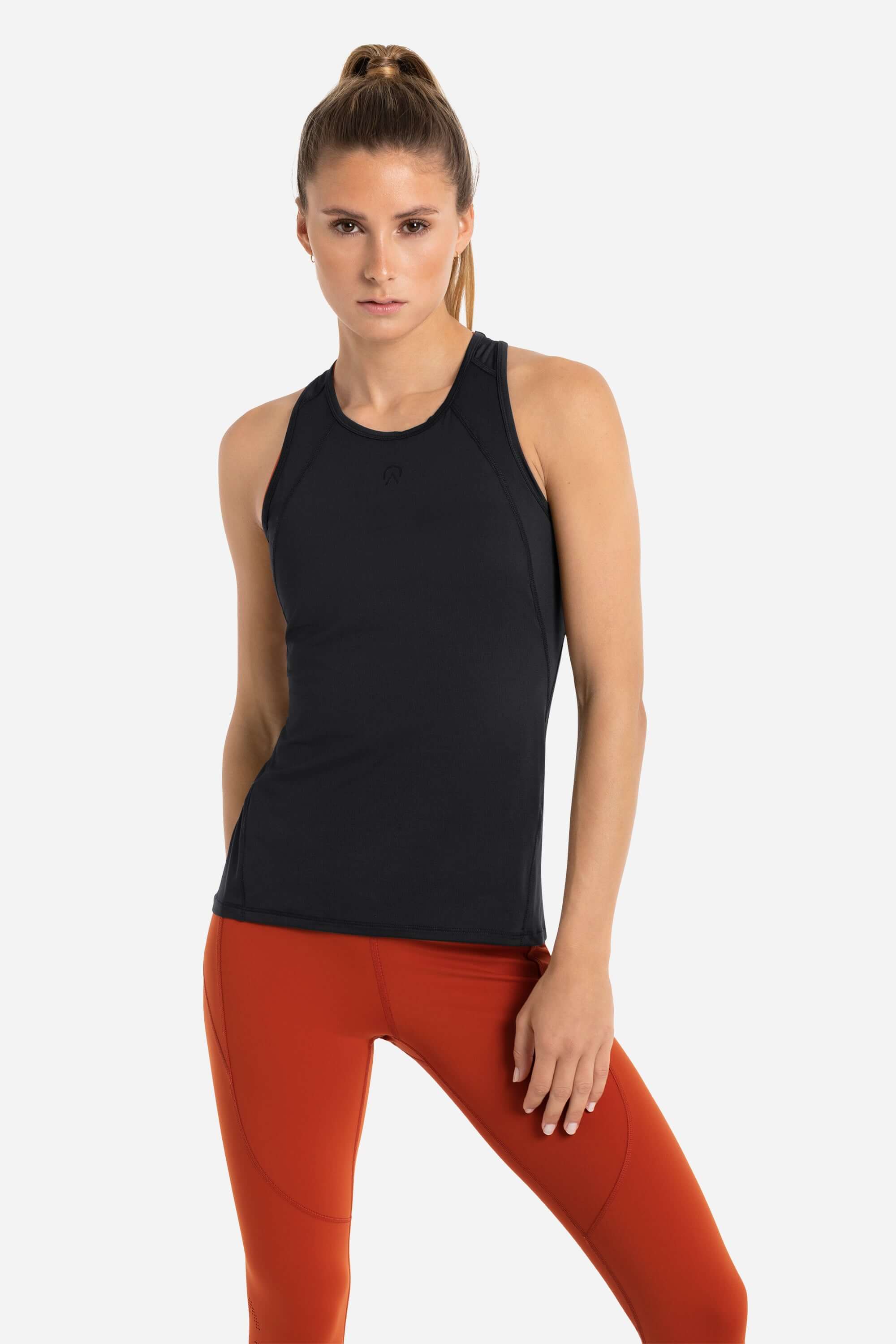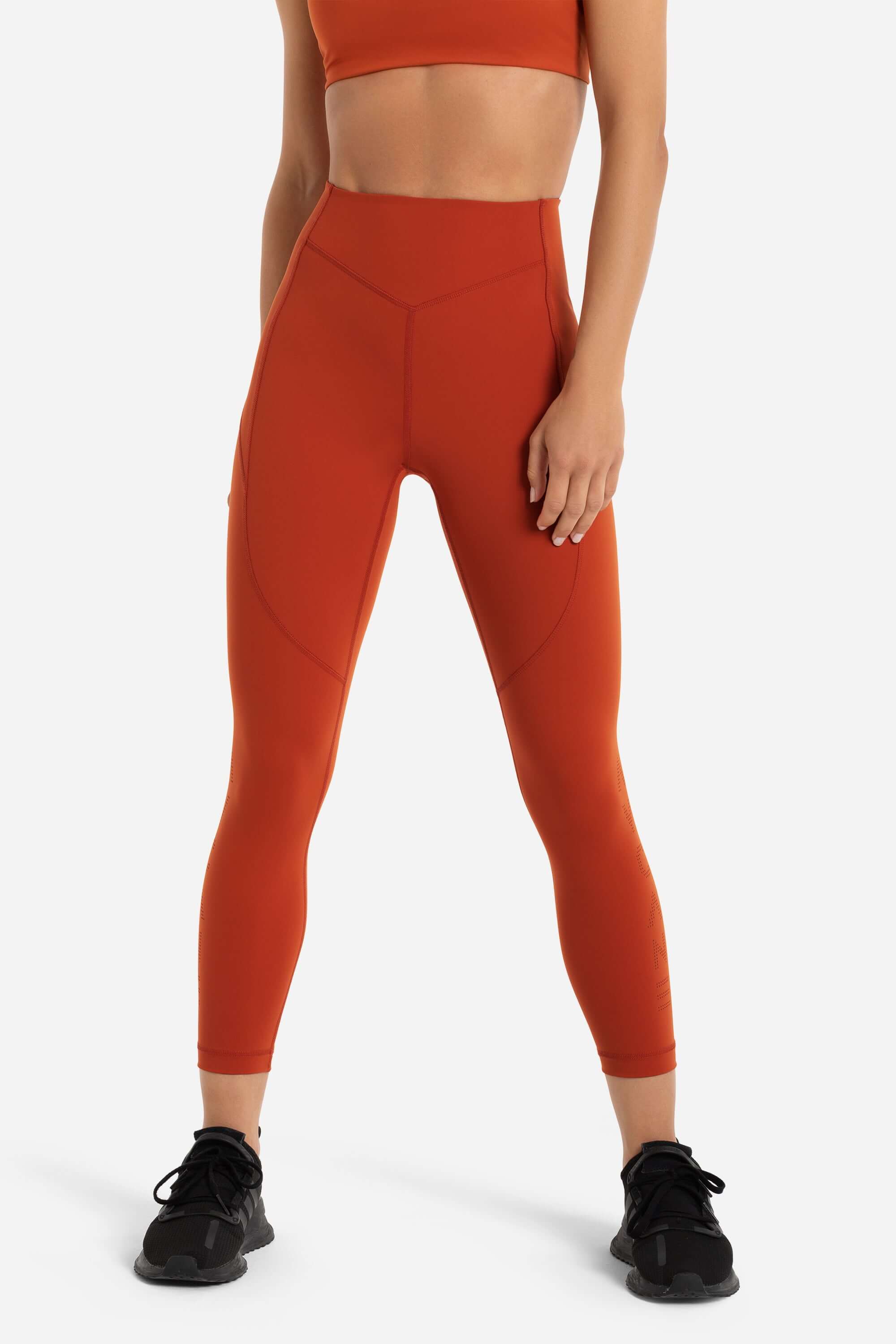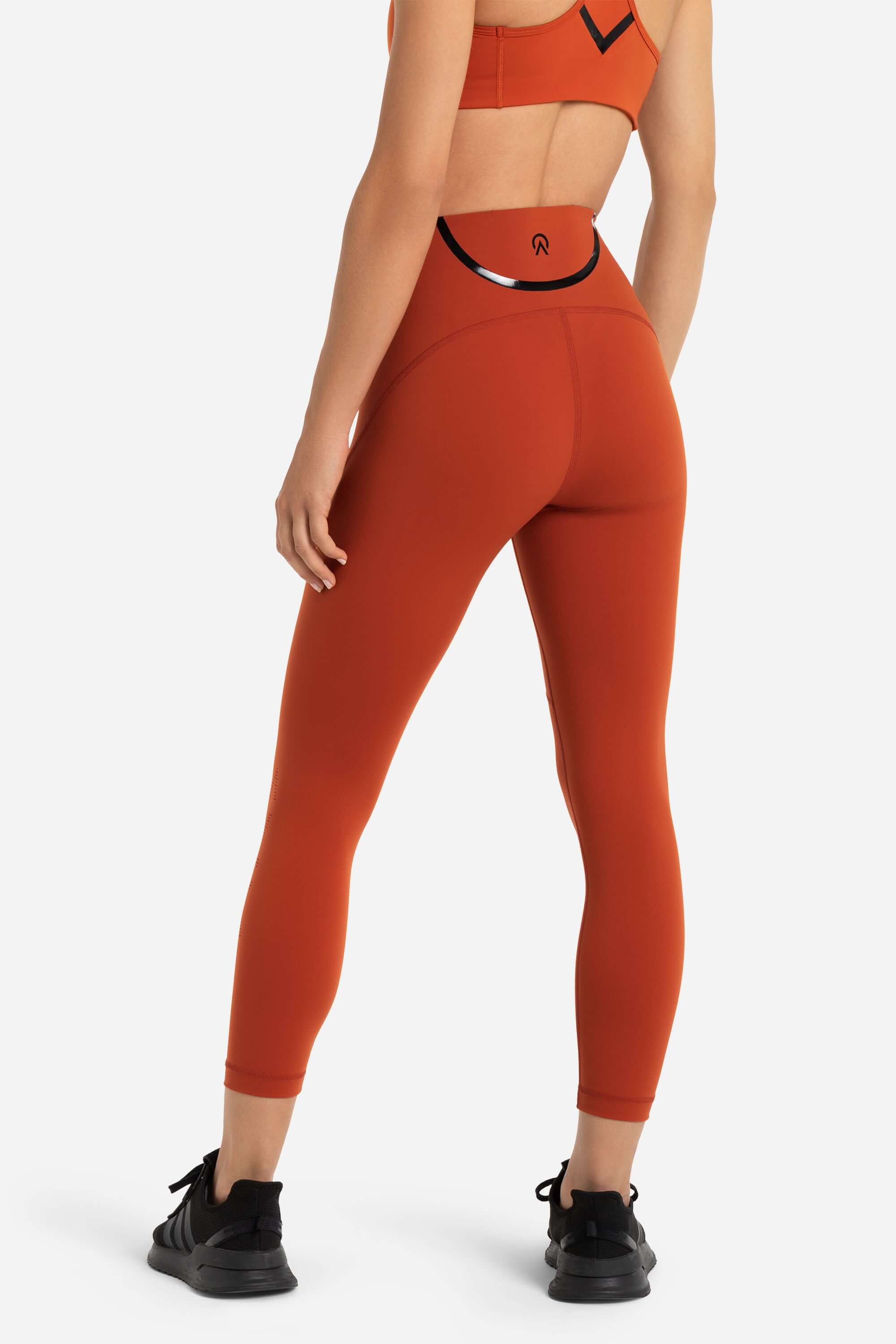Mastering Recovery in Hockey for Peak Performance
Hockey is a physically demanding sport that pushes players to their limits. The intense sprints, rapid changes in direction, and collisions on the ice can take a toll on the body.

Effective recovery strategies are essential for players to maintain their performance, prevent injuries, and excel on the ice. In this blog post, we'll explore the importance of recovery in hockey and share valuable techniques to help players optimize their recovery routines.
1. Understanding the Importance of Recovery
Recovery is not merely a luxury; it's a critical component of an athlete's training regimen. Proper recovery allows the body to repair muscle tissue, replenish energy stores, and reduce the risk of overuse injuries. Neglecting recovery can lead to fatigue, decreased performance, and even burnout.
2. Prioritize Restful Sleep
Quality sleep is the cornerstone of effective recovery. During sleep, the body undergoes essential processes that aid in muscle repair, hormone regulation, and cognitive function. Aim for 7-9 hours of uninterrupted sleep per night to support optimal performance on the ice.
3. Nutrition for Recovery
Nutrition plays a crucial role in post-game or post-practice recovery. After intense physical activity, your body craves nutrients to replenish glycogen stores and repair muscle tissue. Prioritize a post-activity meal rich in carbohydrates, proteins, and healthy fats to kickstart the recovery process. Here is our blog post about the optimal hockey nutrition.
4. Hydration and Rehydration
Hockey is a sweaty sport, leading to significant fluid loss during games and practices. Staying hydrated is essential for optimal recovery. Rehydrate with water and electrolyte-rich beverages to replace lost fluids and maintain proper muscle function.
5. Active Recovery Techniques
Active recovery involves engaging in low-intensity activities to promote blood circulation and alleviate muscle soreness. Light jogging, cycling, or swimming can help flush out metabolic waste and reduce muscle stiffness. Incorporate active recovery sessions on rest days.
6. Stretching and Mobility Work
Flexibility and mobility are integral to preventing injuries and maintaining optimal performance. Incorporate dynamic stretching and mobility exercises into your routine to improve joint range of motion and muscle flexibility.
7. Foam Rolling and Self-Myofascial Release
Foam rolling is a self-massage technique that targets tight muscles and fascia. It helps alleviate muscle knots and tension, enhancing blood flow to promote healing and recovery. Include foam rolling in your warm-up and cool-down routines.
8. Cold and Heat Therapy
Alternating between cold and heat therapy can aid recovery. Cold therapy reduces inflammation and muscle soreness, while heat therapy promotes relaxation and increases blood flow. Ice baths and hot showers can be effective post-game recovery strategies.
9. Listen to Your Body
Effective recovery involves listening to your body's signals. If you feel overly fatigued or notice persistent soreness, consider adjusting your training intensity or scheduling a rest day. Ignoring warning signs can lead to more severe issues down the line.
10. Professional Support
For elite athletes, seeking professional support from physiotherapists, massage therapists, or sports medicine practitioners can provide personalized recovery plans. These experts can identify specific areas of concern and recommend tailored strategies to enhance recovery. Also make sure to use the most innovative hockey gear on the market to protect you while playing.
Conclusion
Recovery is an integral part of a hockey player's journey to success. Prioritizing rest, nutrition, and active recovery techniques can significantly impact performance on the ice. By implementing these recovery strategies, players can optimize their physical condition, reduce the risk of injuries, and maintain peak performance throughout the hockey season. Remember, effective recovery isn't just about bouncing back; it's about bouncing back stronger and more resilient than before.

